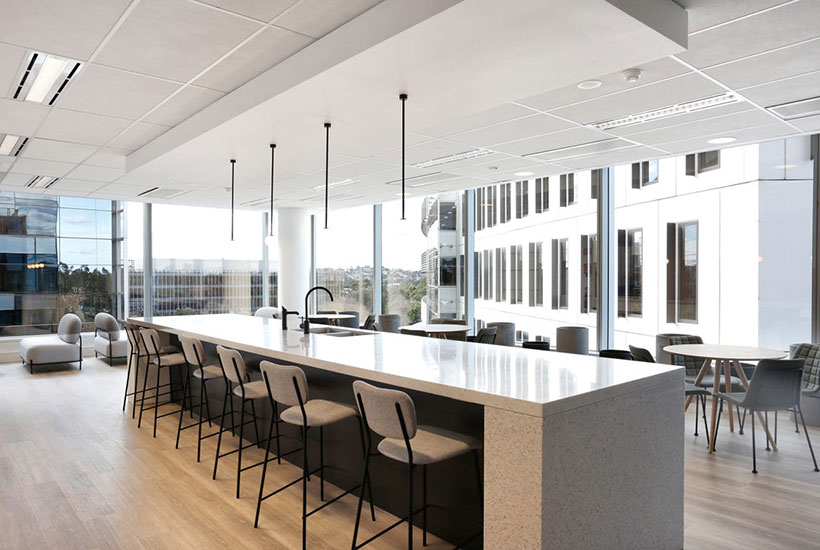How the push to go green is reshaping commercial real estate

As more businesses adopt sustainability targets, they are increasingly focused on the environmental impact of the spaces they own and occupy. This is playing directly into the kinds of properties they are willing to buy and lease.
Globally, the United Nations estimate real estate accounts for around 40% of the world’s energy consumption and 30% of greenhouse emissions – a figure many are focused on reducing.
In the commercial real estate space, proof of this can be seen in the growing demand for properties with high environmental ratings such as the National Australian Built Environment Rating System.
While demand for high NABERS rated property has been rising for over a decade, growth has significantly accelerated over the past 12 months.
This is particularly evident in the office sector where, between 2020 and 2021, the number of prospective tenants searching for offices with a five-plus NABERS rating surged by 50% on realcommercial.com.au. Among those looking to buy offices the rise was even greater, up 90% over the same 12-month period.
In addition to helping businesses achieve their environmental targets, there are other benefits from going green. Sustainable real estate has been shown to sell at a premium, generate higher rents while lowering operating costs, and has a reduced risk of vacancy.
This risk of vacancy is becoming more pertinent for low rated buildings. Many of the largest office occupiers – including the state and federal governments – have committed to only leasing spaces with high environmental ratings. This is upping the pressure on landlords to improve the sustainability ratings of their properties.
And it’s not just tenants that are driving the change.
Many of the largest global commercial property investment funds are now working towards carbon neutrality in their portfolios. The rise of ethical investing is also having an impact.

Commercial properties are increasingly adopting more sustainable elements that lower the operational costs like these solar panels seen on the roof of the Australian National Maritime Museum in Sydney. Picture: Getty
Take the superannuation or pension fund industry. Pension funds are one of the largest investors in commercial real estate globally. The shift towards ethical pension funds, as well as pressure by members, is creating a growing pool of capital looking to invest in eco-friendly assets.
Globally, the value of sustainable assets under management increased by 54% between 2016 and 2020, according to the latest report from the Global Sustainable Investment Alliance. In contrast, the value of non-sustainable assets saw growth of just 7% over this time.
During the same period, sustainable assets as a proportion of the total, increased from 28% to 36% – a significant shift over just five years.
As more businesses work towards carbon neutrality, the real estate sector is having to adapt, and the focus on sustainability will only increase.







